Trends
The Women’s Jewellery Network Big Debate
What would the world look like if diamonds were as taboo as fur? If jewellery marketing was as diverse as we are? If there was no need for the WJN?
October 21, 2019 By Nyasha Pitt
In mid September, in the beautifully ornate and exquisite surroundings of Hotel Café Royal, Women’s Jewellery Network hosted delegates from across the jewellery business at our ‘event in an event’ at The Jewellery Cut Live. Participants took part in an intense session using World Café protocols, which covered gender equality, natural diamonds and diversity in jewellery marketing. This is what we learned.
What if jewellery marketing was as diverse as the UK population?
This utopia would be driven by a laser focus on diversity and inclusion in all things, according to the WJN Big Debate attendees. Participants thought that diversity in jewellery marketing would result in:
- Sensitive intersectional/gender fluid marketing and activism in fashion
- An increase in unisex jewellery
- New collections, new collaborations and new brand creation
- Real brand ambassadors and increased brand interaction
- Diversity in trends, thought, makers and customers
- Hyper-targeted customer relationship management
- Industry and sector growth
- Democratisation and celebration
Overall, there were highly positive and spirited conversations from both groups who discussed this perfect world. And their opinions echoed evidenced fact too. Diversity in marketing, driven by a diverse workforce targeting the needs, wants and dreams of a diverse audience, produce far-reaching positive benefits for business, and society in general.
And it turns out, that it’s a very globalist view. According to the World Economic Forum, there is a direct correlation between high-skilled immigration and an increase in the level of innovation and economic performance in cities and regions.
Are there any negatives to this utopia? If we have diversity in all things, does that mean humankind no longer has any bias and ceases to use stereotypes? What would the world look like if our brains had to work that hard? According to the Chartered Institute of Personal Development, discrimination is the key issue that impedes progress towards diversity and inclusion. So, in this utopia, what – in reality – could have happened to help humans move beyond bias?
Whatever it is, it would appear that the ‘dreamers’ who debated this at the WJN Big Debate agree with businesses when it comes to the myriad benefits of more representational jewellery marketing, from diversity in ideation and innovation, to the halo effect of driving true visionary change from within.
According to McKinsey’s Delivering through Diversity 2018 report, gender and ethnic diversity are clearly correlated with profitability; so, are jewellery brands taking on – or even ready – for this globally accepted wisdom on diversity? While change is bubbling up among nascent jewellery brands, it also needs to come from some of the industry’s major players.
What would the world look like if WJN was not needed?
Not to do ourselves out of a job, we wondered what the end game would be? Vision is everything, so we asked participants to paint us a picture of what the world would look like if there was true gender equality.
Participants believed that true gender equality would result in:
- Gender representation and equal pay across all organisational levels
- Equality of opportunity, increased mutual respect and workforce diversity
- Intersectional female/male diversity and an ethical approach to employment
- Greater ideation, increased emotional intelligence and increased productivity
- Flexible working for all, increased paternity leave, improved access to education/healthcare and a better work/life balance for all
- Change to communities, an increase in stay-at-home fathers, positive community dynamic change and improved childcare
It is very interesting to note the holistic view that both groups who tackled this question took. They both defined a lot of detail around employment policy that directly affects women, their perception within the workplace and their career progression. From equal pay to maternity rights, both groups could clearly outline the benefits of truly egalitarian policies for society.
And encouragingly, there was a lot of discussion around the benefits to men, families and the wider population if workplaces introduced more ethical, equal policy changes including increased paternity pay and leave. There were also thoughts shared on the possible change to dynamics in family structures, and therefore communities, if more fathers stayed at home or worked part time in order to share childcare responsibilities.
According to the World Bank, there is a an extremely compelling business case for this utopia. Its Women, Business and the Law 2019 report stated that the global economy could be enriched by approximately $160 trillion (£124tn) if women earned as much as men. There are only six countries in the world with gender pay equality: Belgium, Denmark, France, Latvia, Luxembourg and Sweden.
Workplaces and the world would benefit from gender parity, according to participants discussing the different gender approaches, nuances and stereotypes. They discussed the interplay between more balanced, diverse workforces and improved global socio-economics and dynamics. The benefits of gender parity in all things at work inextricably converge with other aspects of life. This is a theme supported by the UN, which lists Gender Equality as number five of its 17 strategic sustainable development goals stating: “Gender equality is not only a fundamental human right, but a necessary foundation for a peaceful, prosperous and sustainable world.” We would agree with that too.
What if natural diamonds were as taboo as real fur?
Diamonds might be a girl’s best friend, but we wanted to know what would happen if natural diamonds became a distasteful purchase? Cue one of the hottest discussions at the WJN Big Debate.
Participants expressed that if natural diamonds became taboo, it would result in:
- Job losses across multiples sectors, including manufacturing, engineering, production, training, marketing, head office, retail and logistics
- Poverty and community cohesion breakdown in Africa and other mining locations
- Growth in markets for existing diamond stocks or reserves, including auctions, pre-owned and black markets owing to increased value
- Repurposing natural diamond usage, with existing mined natural diamonds increasing in value
- Consumers could be driven to ‘diamond amnesties’ as seen with ivory
- Increase in demand for Fairtrade or ethically sourced diamonds
- Increase in demand for lab-grown diamonds
- Wider impact on coloured gemstone markets, with positive impacts for brands such as Swarovski and other man-made simulants
Unlike the WJN Big Debate’s two other discussion topics, both groups began by debating objectively the possible negatives of such a fundamental shift. Discussions moved to the responsibilities of diamond mining companies, both now and in this parallel universe where natural diamonds are taboo. The groups debated the impacts, including mass job losses, community breakdown, poverty and social exclusion or judgement.
This point also raised other questions, such as is there space for both natural and lab-grown diamonds in stores? Canadian retailer Spence Diamonds thinks so. All engagement rings in its showrooms have tags with two prices: one for mined diamonds and another for ACD, or what it terms Artisan Created Diamonds, better known as laboratory-grown diamonds.
Or should lab-grown diamonds be the only way? British lab-grown diamond jewellery brand Lark & Berry thinks so. In 2019, the brand has rolled out a luxury ear piercing concept at two store locations in London, catering to consumers seeking what it calls “cultured diamond” piercings. Could lab-grown diamonds also be taboo? Both groups discussed, with passion, the sustainability challenges of both mined and lab-grown diamond processing, versus the perceived and actual outputs.
Discussions moved to the current challenging impacts on the natural market. In July, Russian diamond producer Alrosa reported a 51% decrease in diamond sales and in August. De Beers reported that sales of rough diamonds were down $223 million versus the same period in 2018, with the company acknowledging the impact of lab-grown stones, which only account for 1% of the market currently.
The prospect of diamonds becoming taboo was perhaps the liveliest debate, covering a wide-ranging number of nuanced impacts discussed. Interestingly, it was an accepted idea that even if natural diamonds were to become taboo and only lab-grown stones were socially acceptable, that there would still be demand for mined diamonds. The key takeaway from this debate is that a world without any diamonds is one that no one really wanted to consider.
Nyasha Pitt is the Women’s Jewellery Network communications director, founder of marketing agency Living Content and Midlands black business network iDNetwork
The Jewellery Cut Live will return in February 2020. To be the first to know next season’s dates and venue, sign up to our newsletter here




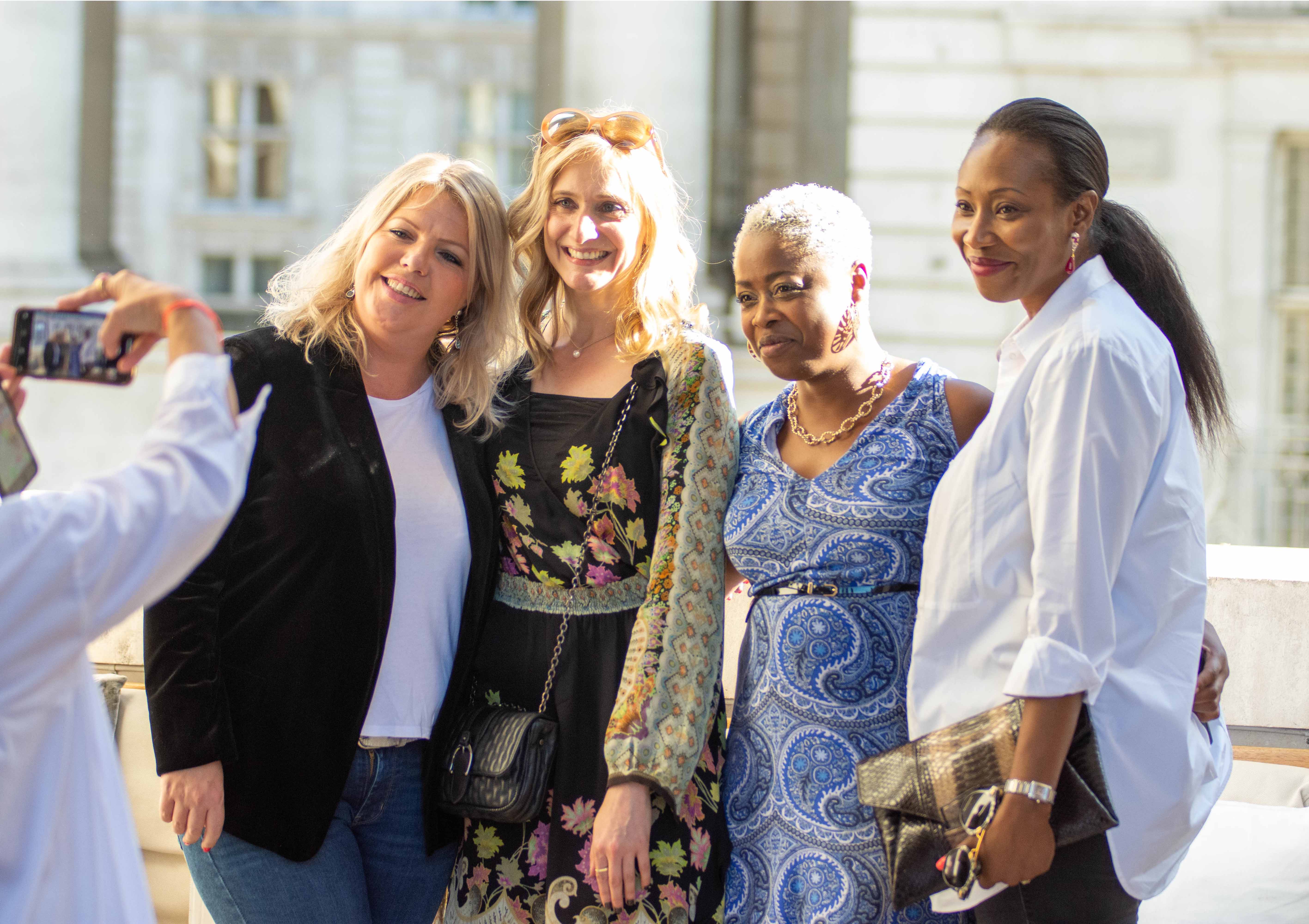
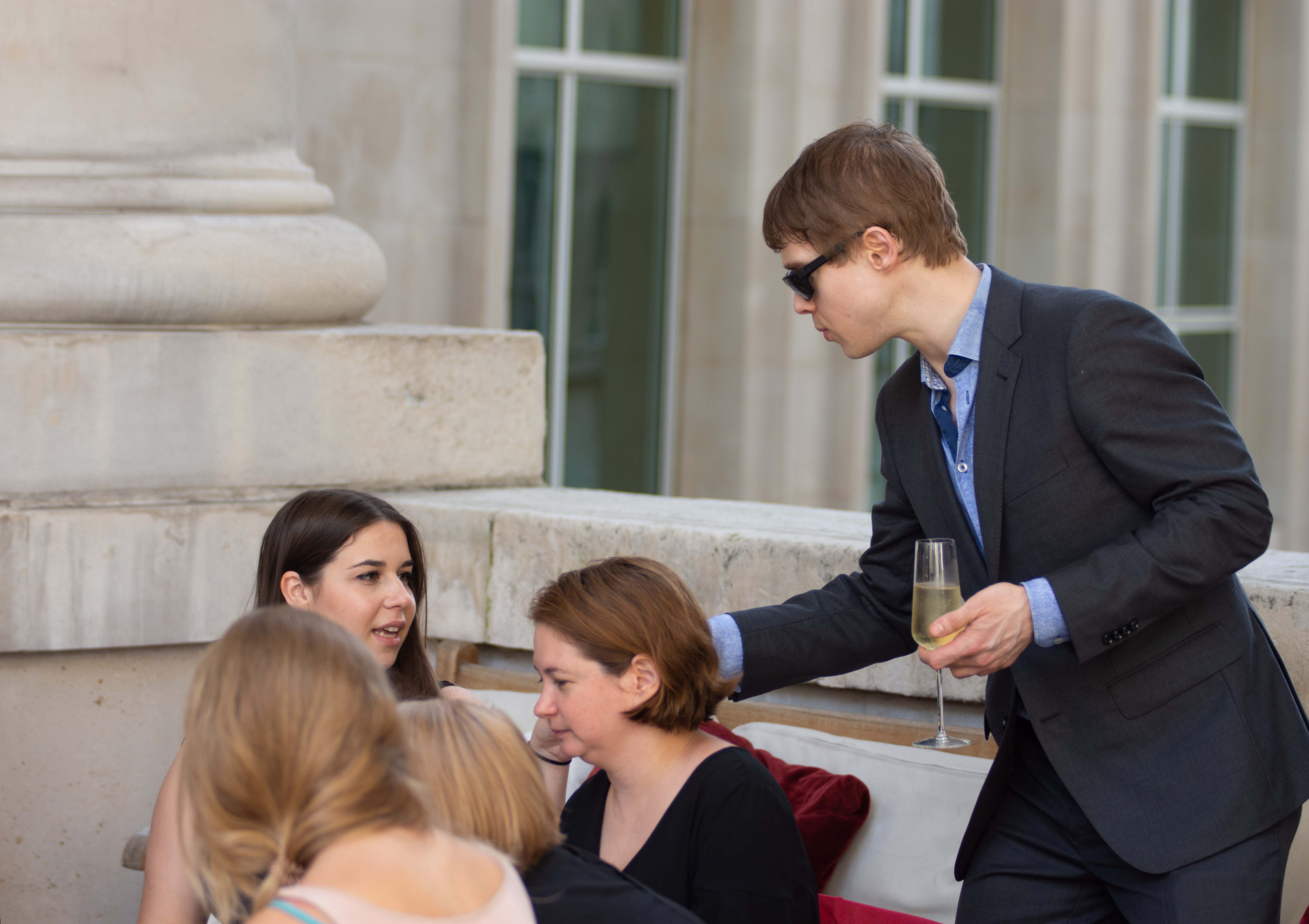



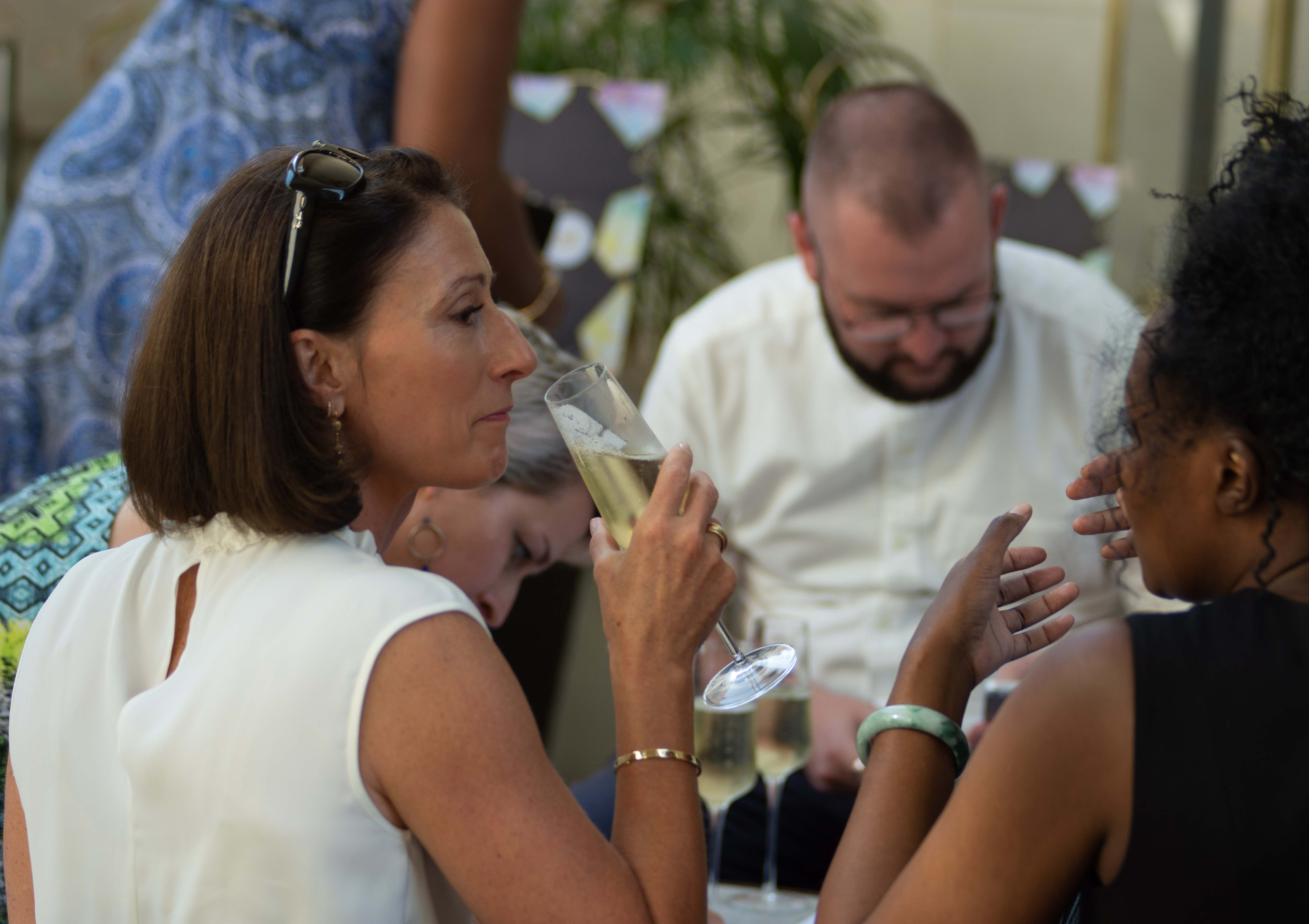

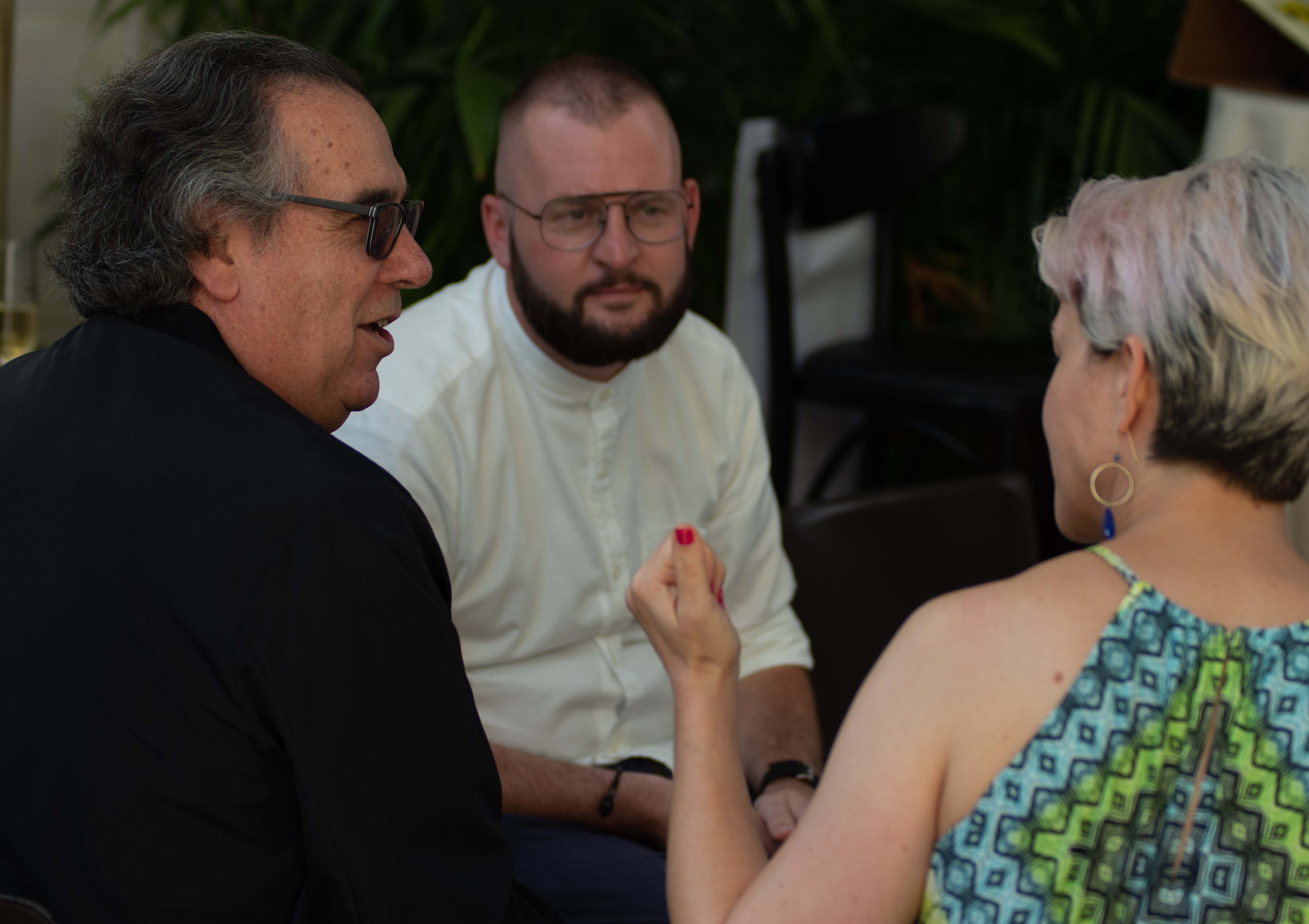
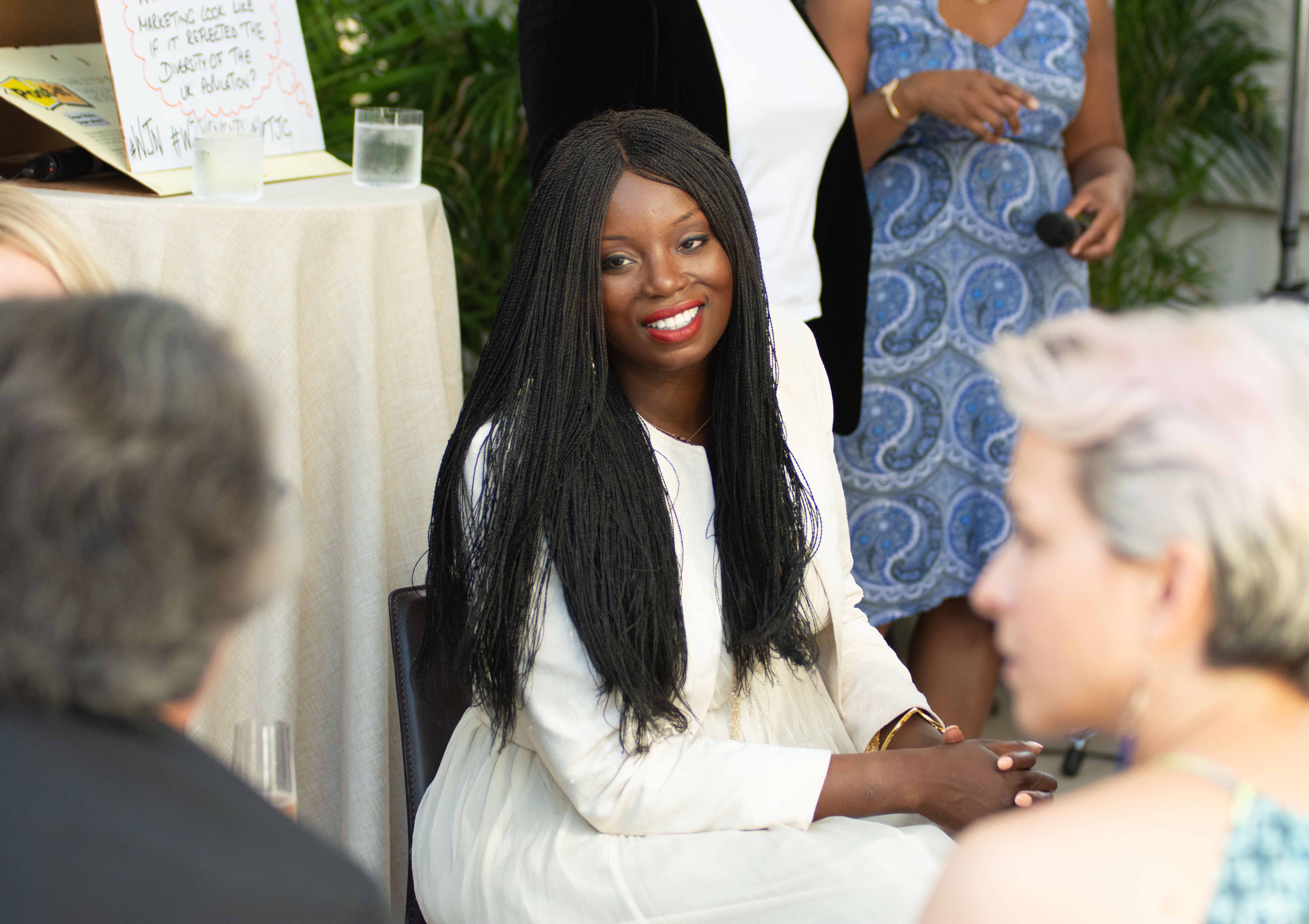
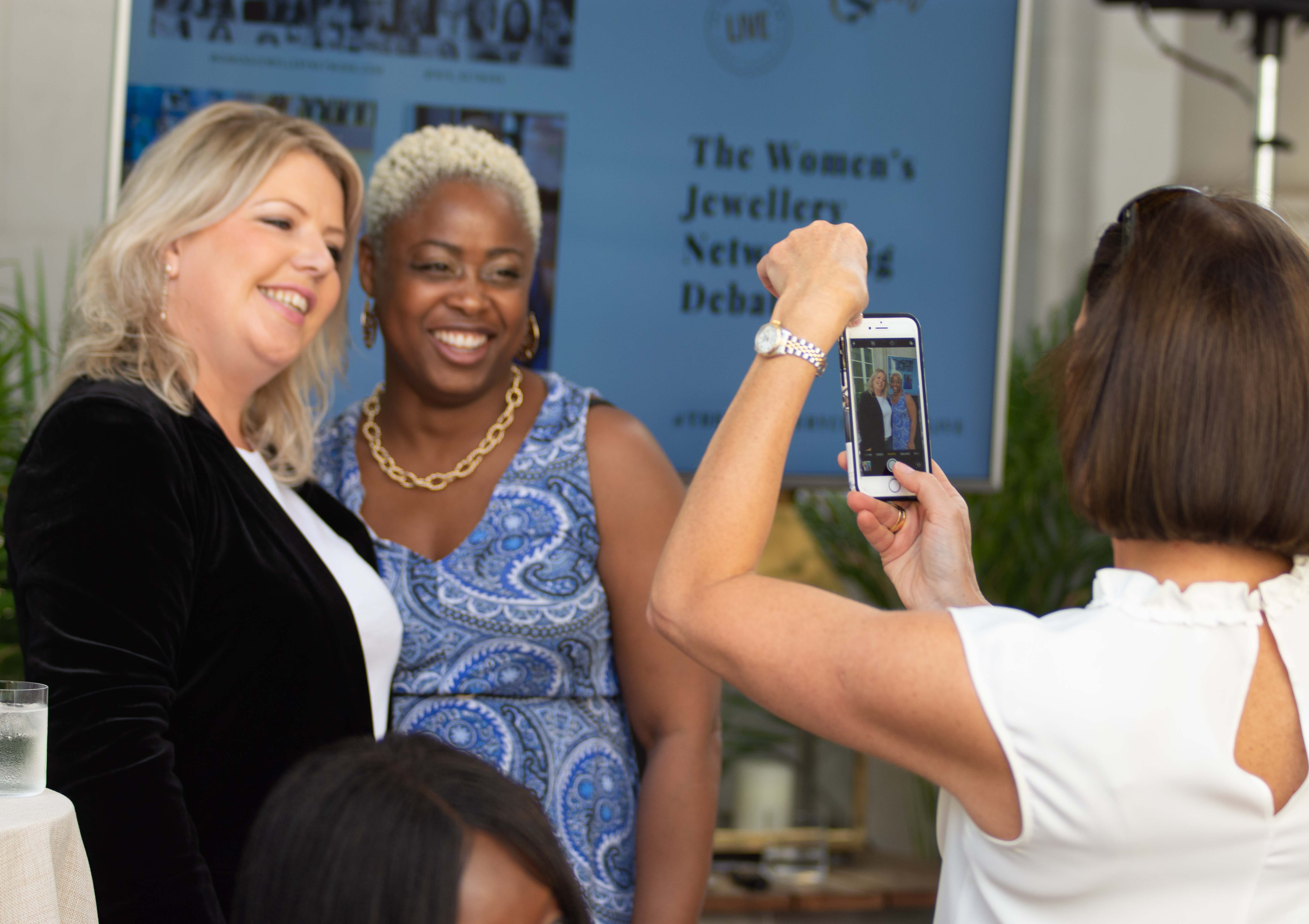
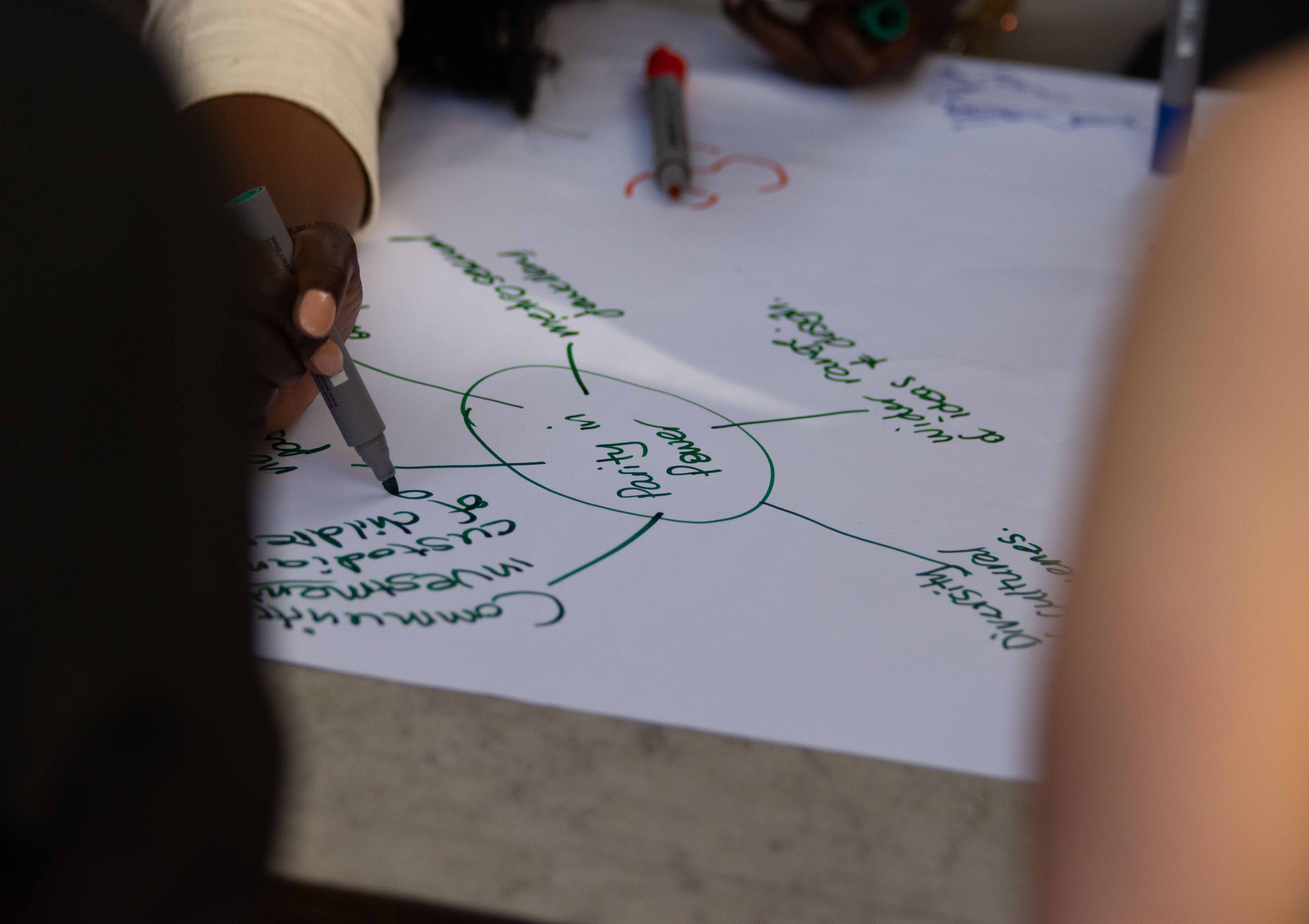
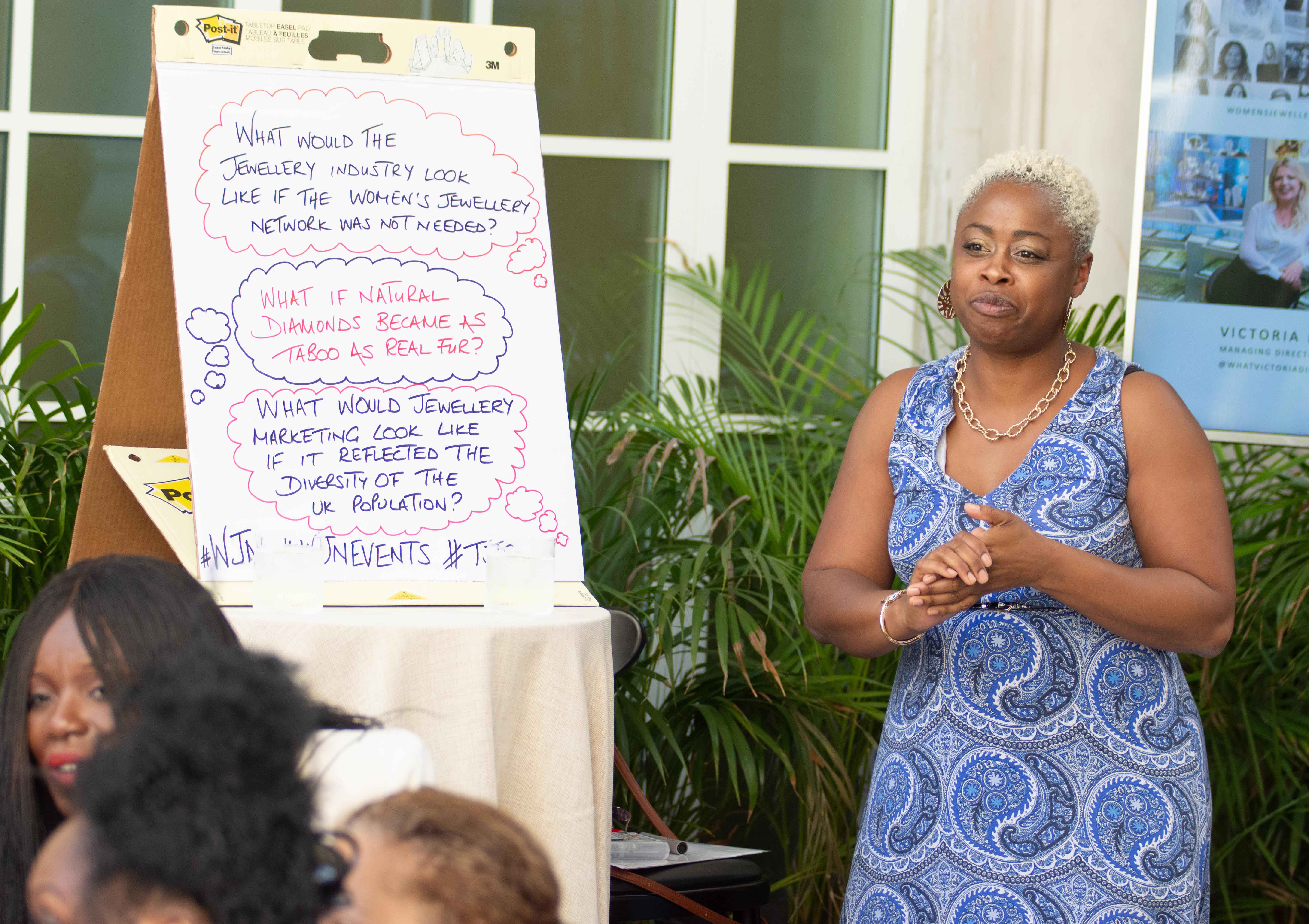
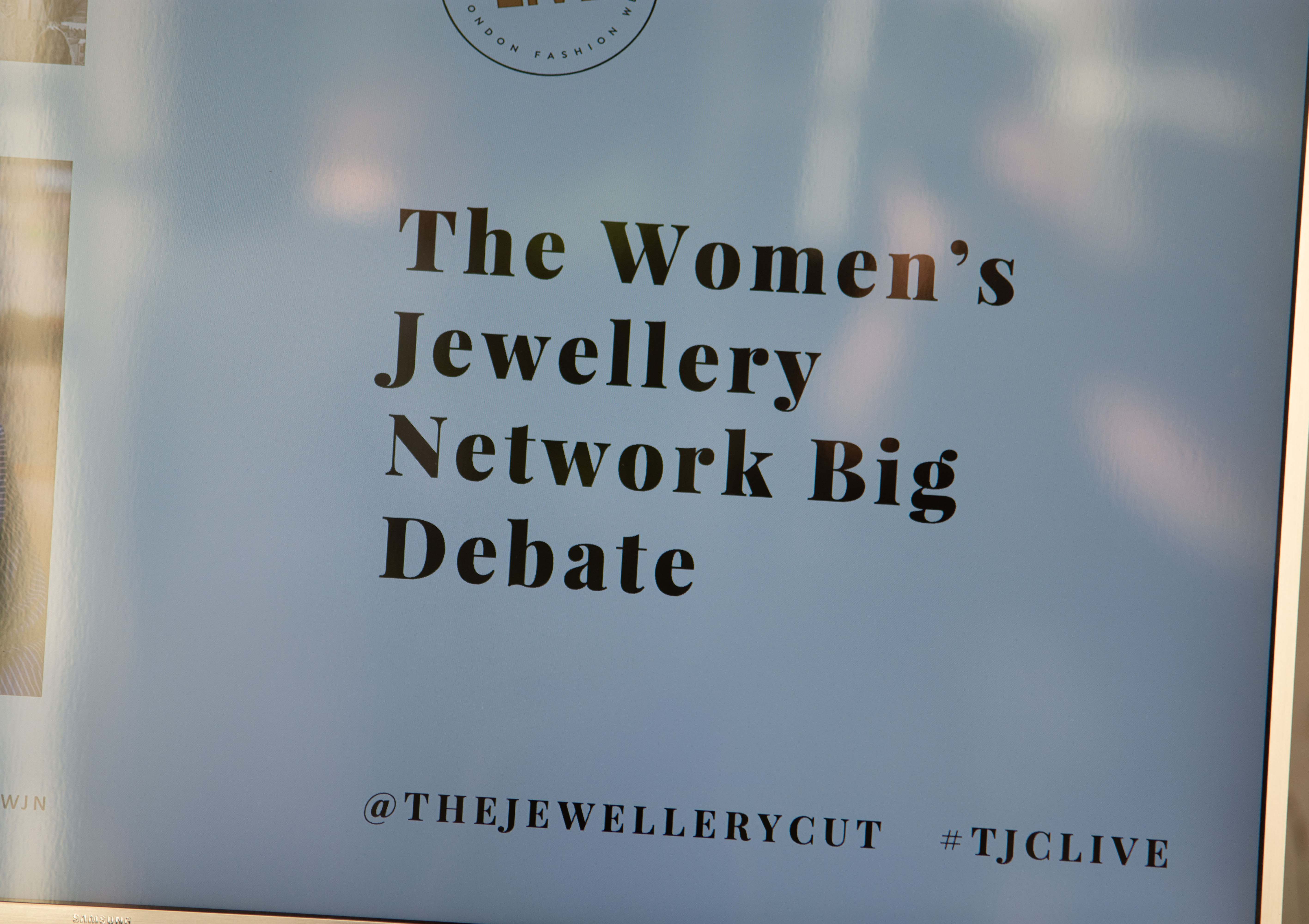
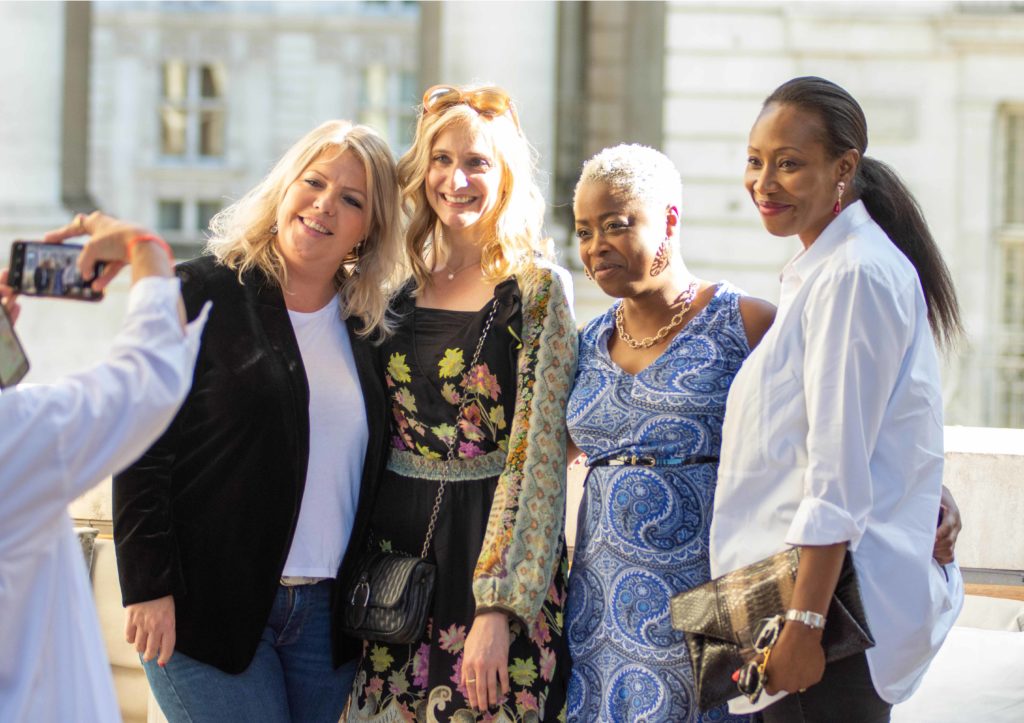
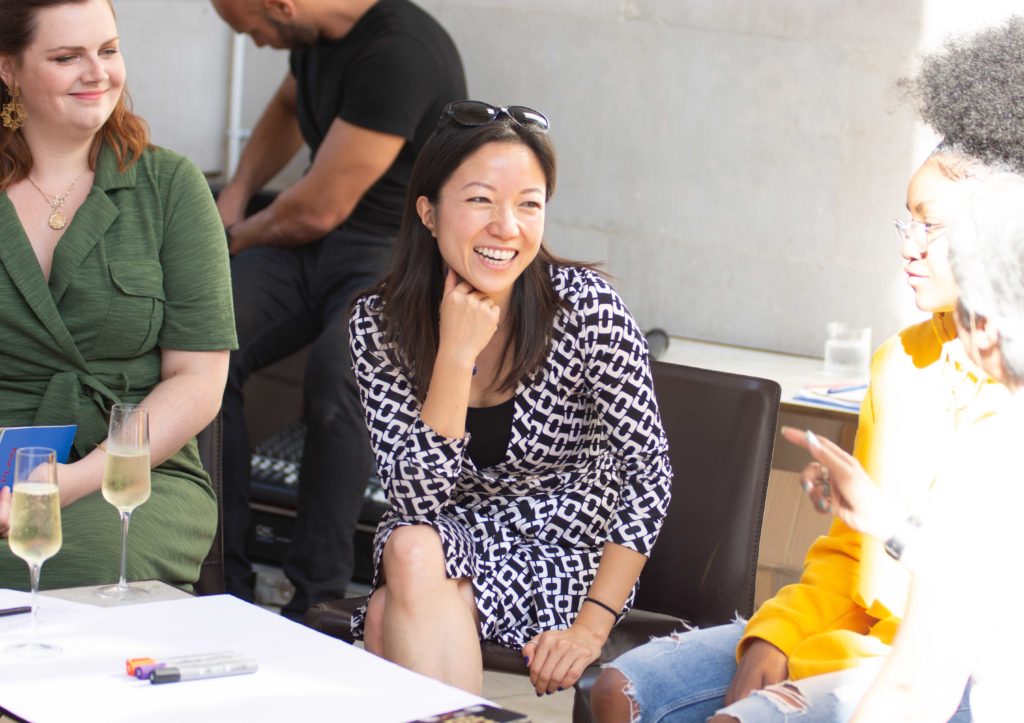



Comments: